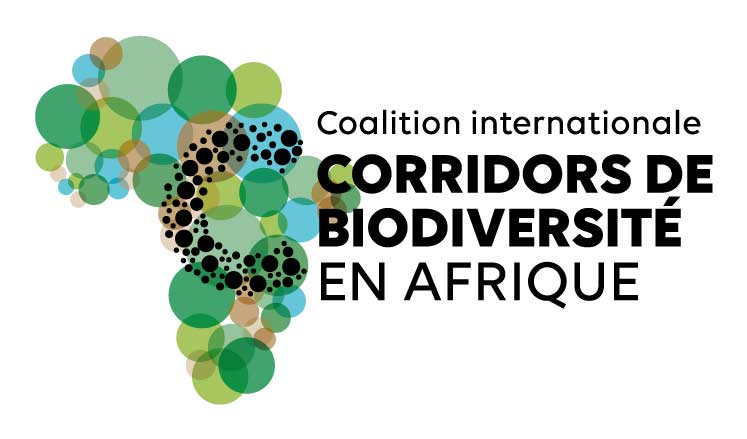Ce site utilise des cookies afin que nous puissions vous fournir la meilleure expérience utilisateur possible. Les informations sur les cookies sont stockées dans votre navigateur et remplissent des fonctions telles que vous reconnaître lorsque vous revenez sur notre site Web et aider notre équipe à comprendre les sections du site que vous trouvez les plus intéressantes et utiles.
The transboundary conservation zone of Selous-Niassa is located between Mozambique and Tanzania.In Mozambique, Niassa National Reserve (further north) is one of Africa’s last preserved wilderness areas. Its diverse ecosystems support elephants, lions, leopards, sable antelopes, zebras, hippos, and other crocodiles.
Running alongside the Ruvuma River, the Selous-Niassa corridor has significant faunal and floral biodiversity. It crosses 29 villages in the administrative zones of Namtumbo and Tunduru districts in the Ruvuma region. Within it, 5 wildlife management areas are managed by community organizations: Chingoli, Kisungule, Kimbanda.
The Selous area has been protected since 1896. In 1982, it was inscribed as a UNESCO World Heritage Site, and in 2014, UNESCO placed Selous on the List of World Heritage in Danger. The same issue applies to Niassa Park, where the elephant population has declined by over 50% in the last 5 years.
As part of the “Eastern Selous Community Wildlife and Natural Resources Management Project” (2004-2012), Belgium cooperates with Tanzania by extending work conducted in the 1990s by IUCN. On March 29, 2007, a memorandum of understanding was signed between Tanzania and Mozambique to establish the Niassa-Selous corridor and.
Also, community-based forest management activities are being implemented in Village Forest Reserves and surroundings, in the context of forest restoration programs supported by the Finnish embassy, with the aim of accompanying the forestry sector in the region and its sustainable value chain. There are Village Land Forest Reserve that also lie inside the corridor, including Sautimoja.
Other actors working in neighbouring wildlife management areas are WWF and PAMS, supporting law enforcement programs among others. Mpingo Conservation & Development Initiative is also present in some of these areas.
Finally, SWISS AID is also working on agro-ecology and improved farming in the region.
Tanzanie
Périmètre de l’action : Namtumbo, Tunduru, Kilwa, Rufiji districts in the Ruvuma region and Mtawara
Surface : 1 659 850 ha
Bénéfices pour les communautés locales et gouvernance de l’action locale :
One of the corridor's objectives is to maintain a balance between village development and biodiversity conservation (village land use plans are being implemented).
Communities benefit from wildlife (especially following the establishment of a game reserve in the eastern part of the transboundary community reserve) with sustainability in mind, through the establishment of a robust institutional framework. Income-generating activities based on natural resources are implemented within villages. Additionally, a capacity-building program for village institutions aims to enforce compliance with regulations related to community conservation and wildlife management areas.
Description des enjeux de cohabitation Homme / animal sur le corridor :
Période : 1987-2003 (Selous Conservation Programme); 2004-2012 (Eastern Selous Community Wildlife and Natural Resources Management Project); 2007 (to be confirmed)
Financeurs : Governments of Mozambique and Tanzania, Community-Based Natural Resources Management (CBNRM), Federal Republic of Germany and its German Technical Cooperation Agency (GTZ), Tanzanian-German Selous Conservation Program (SCP), Belgian Development Agency, Belgium Technical Cooperation-Tanzania, SWISS AID
Porteurs de projet : WWF and PAMS, Tanzania Wildlife Division of the Ministry of Natural Resources and Tourism
Autres acteurs : Mpingo Conservation Development Initiative and MJUMITA
Budget de l'action : 2,797,363 €
Type de financement(s) : Carbon compensation
Principaux obstacles à l’action et menaces : Tourism activities developed in the park may harm the conservation status of the Selous-Niassa corridor (land safari, marine safari).
Références bibliographiques de l'action de corridor :
Baldus, Hahn, Mpanduji, Siege et al. (2003) The Selous-Niassa Wildlife Corridor. Wildlife Division, Deutsche Gesellschaft für Technische Zusammenarbeit, GTZ Wildlife Programme in Tanzania. Dar Es Salaam 2003
Dr. Baldus, R. D., Hahn, R. (2009): Th e Selous – Niassa Wildlife Corridor in Tanzania: Biodiversity Conservation from the Grassroots. Practical Experiences and Lessons from Integrating Local Communities into Trans-boundary Natural Resources Management. Joint publication of FAO and CIC. Budapest. 48 pp.
Rapport de l'UNESCO sur l'inscription de la Réserve de gibier de Selous sur la liste du patrimoine mondial en péril
Transfrontier Conservation Areas Southern African Development Community
Réserve-du-Selous_Site touristique
An important WIldlife Habitat in Southern Tanzania Loses 70 percent of its rivers and water resources.
Appropriation des ressources naturelles et criminalisation des communautés paysannes Le cas du Rufiji, Tanzanie, Jean-Luc Paul, Stéphanie Duvail and Olivier Hamerlynck, p. 143-175, Ndunguru et Hahn 1998 : 2-3
Contacts de l’action : The Director of Wildlife, Wildlife Division, Ministry of Natural Resources and Tourism, Government City, Prime Ministers Street, P.O. Box 1351, DODOMA. Tel: +255 (26) 2321514/2321568 Fax: +255 (26) 2321147; 2321514 Email: dw@maliasili.go.tz Website: www.maliasili.go.tz
